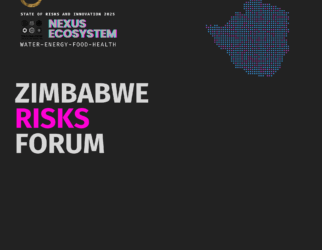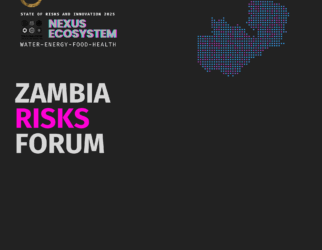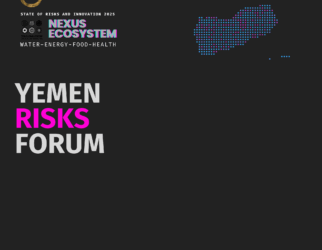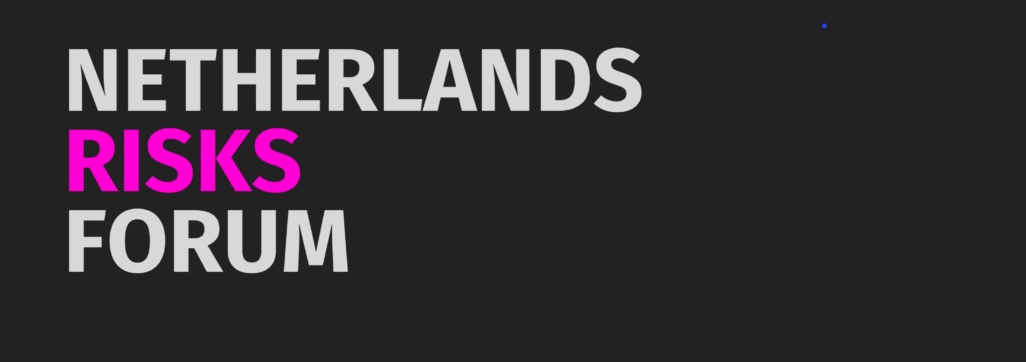
Date
Time
New Zealand Risks Forum 2025
The Global Risks Forum – National Engagement Series: New Zealand is a hybrid-format initiative led by NWG New Zealand, an autonomous coalition of Indigenous Māori leaders, climate scientists, technologists, policy analysts, civil society actors, and youth advocates. Operating independently of the Government of New Zealand and all political affiliations, NWG New Zealand offers a nonpartisan platform for advancing disaster risk reduction (DRR), disaster risk finance (DRF), and disaster risk intelligence (DRI) through inclusive, future-focused collaboration.
In alignment with the Global Risks Alliance (GRA) and the Global Risks Forum (GRF), the New Zealand edition bridges Indigenous ecological knowledge, advanced governance models, and global foresight systems. The series engages stakeholders across the quintuple helix—academia, civil society, private sector, international organizations, and public institutions (as stakeholders, not organizers).
Strategic Purpose
The New Zealand edition is designed to:
- Address complex and intersecting risks including earthquakes, climate-induced flooding, sea-level rise, biodiversity loss, and infrastructure exposure;
- Strengthen anticipatory governance through Treaty-based approaches, simulation-based planning, and Indigenous co-governance models;
- Advance disaster risk finance mechanisms including blockchain-enabled transparency, ESG-aligned investments, and community-based climate insurance;
- Empower Māori and Pasifika communities, youth networks, and local councils in shaping culturally grounded and technology-enabled resilience systems.
Sessions feature scenario labs, co-design forums, and policy workshops focused on climate adaptation, digital transformation, environmental justice, and regenerative systems thinking.
Technical Foundation: Nexus Ecosystem Integration
The forum is powered by the Nexus Ecosystem, a modular infrastructure combining quantum-cloud computing, AI/ML, blockchain, and geospatial intelligence for ethical, real-time risk governance. NWG New Zealand leverages this platform to:
- Model seismic and climate risks using AI-enhanced forecasting and multi-hazard simulation
- Deploy Earth Observation and GIS tools to track land use change, ecological degradation, and sea-level impacts
- Implement blockchain-based DRF tools for transparent insurance payouts, disaster relief funding, and green bond oversight
- Utilize IoT-connected early warning systems for tsunamis, wildfires, and infrastructure stress detection
- Run simulation labs for Indigenous land and water governance, climate adaptation, and energy transition policy
- Host digital co-governance platforms to facilitate intergenerational dialogue, civic innovation, and regional cooperation
- Benchmark resilience performance using SDG-aligned indicators, ESG tools, and Indigenous well-being metrics
These tools empower NWG New Zealand to develop regenerative, sovereign, and equitable risk governance pathways.
Governance and Participation
All NWG New Zealand activities are independently governed and executed, in full alignment with GRA and GRF principles. The forum is not affiliated with or accountable to any political or governmental body, ensuring scientific integrity, ethical neutrality, and inclusive participation.
Participation is open to iwi and hapū leaders, researchers, sustainability practitioners, public health experts, technologists, artists, and international collaborators. The New Zealand series fosters horizontal learning, resilience through culture, and global-local solidarity.
Join the Movement
We invite Indigenous knowledge holders, climate scientists, urban designers, policymakers, digital governance experts, and community organizers to co-create the Global Risks Forum – New Zealand Series. This is a powerful opportunity to advance decolonized, digitally empowered, and culturally grounded risk governance—while contributing to a globally connected alliance for sustainable, inclusive, and anticipatory transformation.
Discover more from The Global Centre for Risk and Innovation (GCRI)
Subscribe to get the latest posts sent to your email.
Location
Tags
New Zealand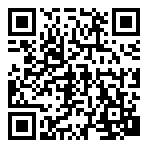
Local Time
- Timezone: America/New_York
- Date: Aug 22 - 31 2025
- Time: All Day
Next Occurrence
- Go to occurrence page
-
Date
- Aug 22 - 31 2026
-
Time
- All Day
Weather



